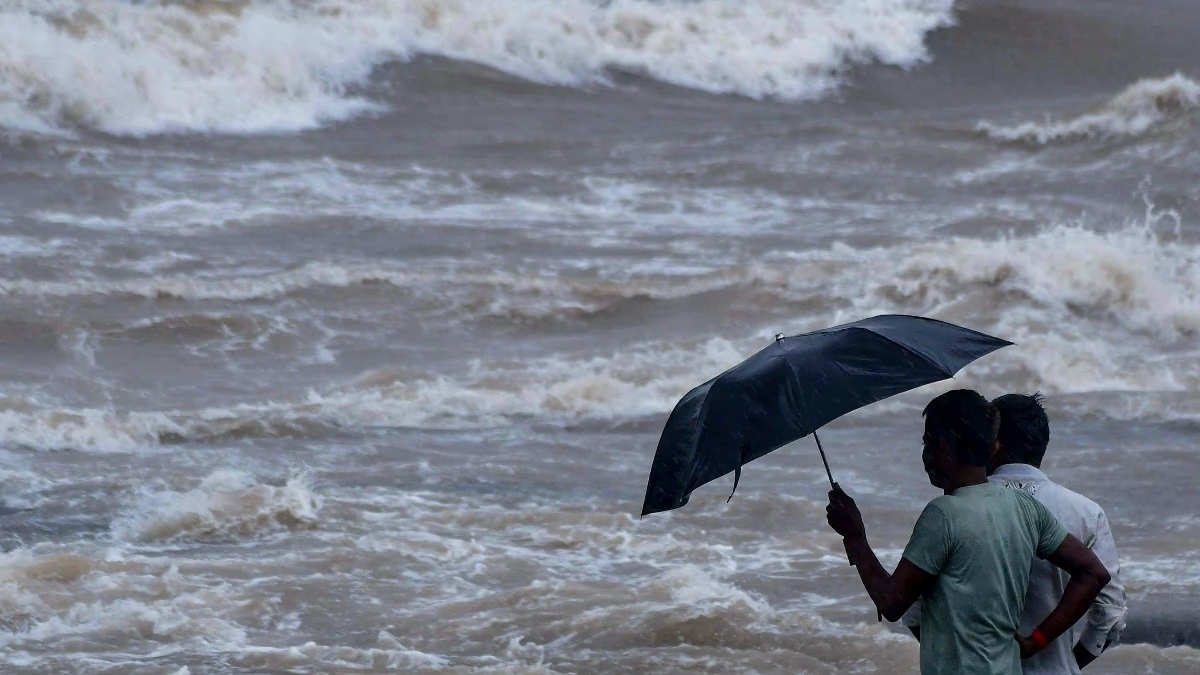On October 22, 1797, André-Jacques Garnerin made the first successful parachute jump in Paris, France, from the Monceau Park. He descended from approximately 3,000 feet (910 meters) using a silk parachute attached to a hot air balloon, becoming the first person known to have successfully used a parachute.
Earlier, a Frenchman named Louis-Sébastien Lenormand had created a type of parachute with two umbrellas and jumped from a tree in 1783. However, it was André-Jacques Garnerin who designed and tested a parachute capable of safely descending from greater heights.
The First Successful Parachute Descent
On October 22, 1797, Garnerin attached his parachute to a hydrogen balloon and ascended to 3,200 feet. After entering the basket, he detached the parachute from the balloon. Though his initial descent was turbulent, he landed unharmed, half a mile from the takeoff site. Garnerin improved the design to reduce oscillations, which led to the creation of the first vented parachute.
Garnerin's Tragic End in a Balloon Accident
In 1799, Garnerin's wife, Jeanne Geneviève, became the first female parachutist. Garnerin performed a spectacular 8,000-foot jump during an exhibition in England in 1802. Sadly, while preparing to test a new parachute in 1823, he died in a balloon accident.
Parachute Conceptualized by Leonardo da Vinci
The conception of the parachute is attributed to Leonardo da Vinci in the 15th century. Inspired by da Vinci's sketch, Fausto Veranzio attempted a jump with a rigid-frame parachute from a tower in Venice in 1617, which was unsuccessful. After many attempts, André Garnerin achieved the first successful parachute jump in 1797.
Significant Historical Events
On October 22, 2008, India launched its first unmanned lunar mission, Chandrayaan-1, from the Satish Dhawan Space Centre, which led to the discovery of water on the Moon. On October 22, 1836, Sam Houston became the first president of the Republic of Texas. On October 22, 1878, the first rugby match was played in Salford between Broughton and Swinton.




